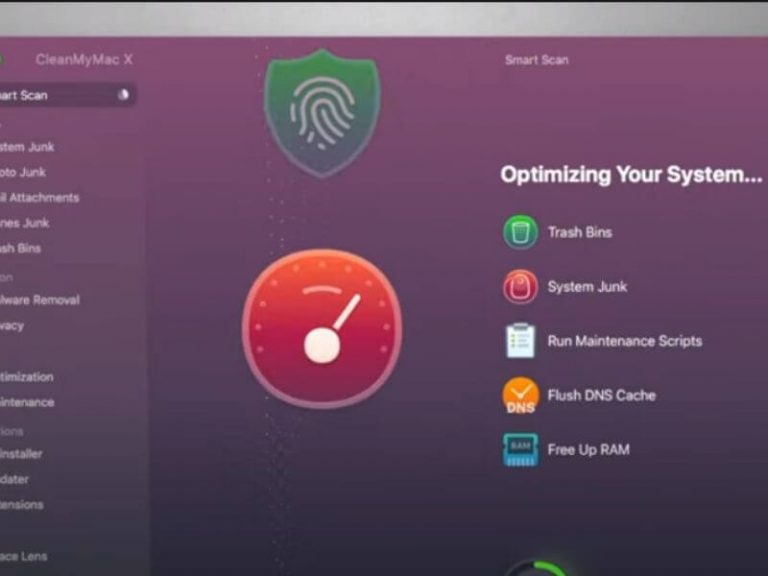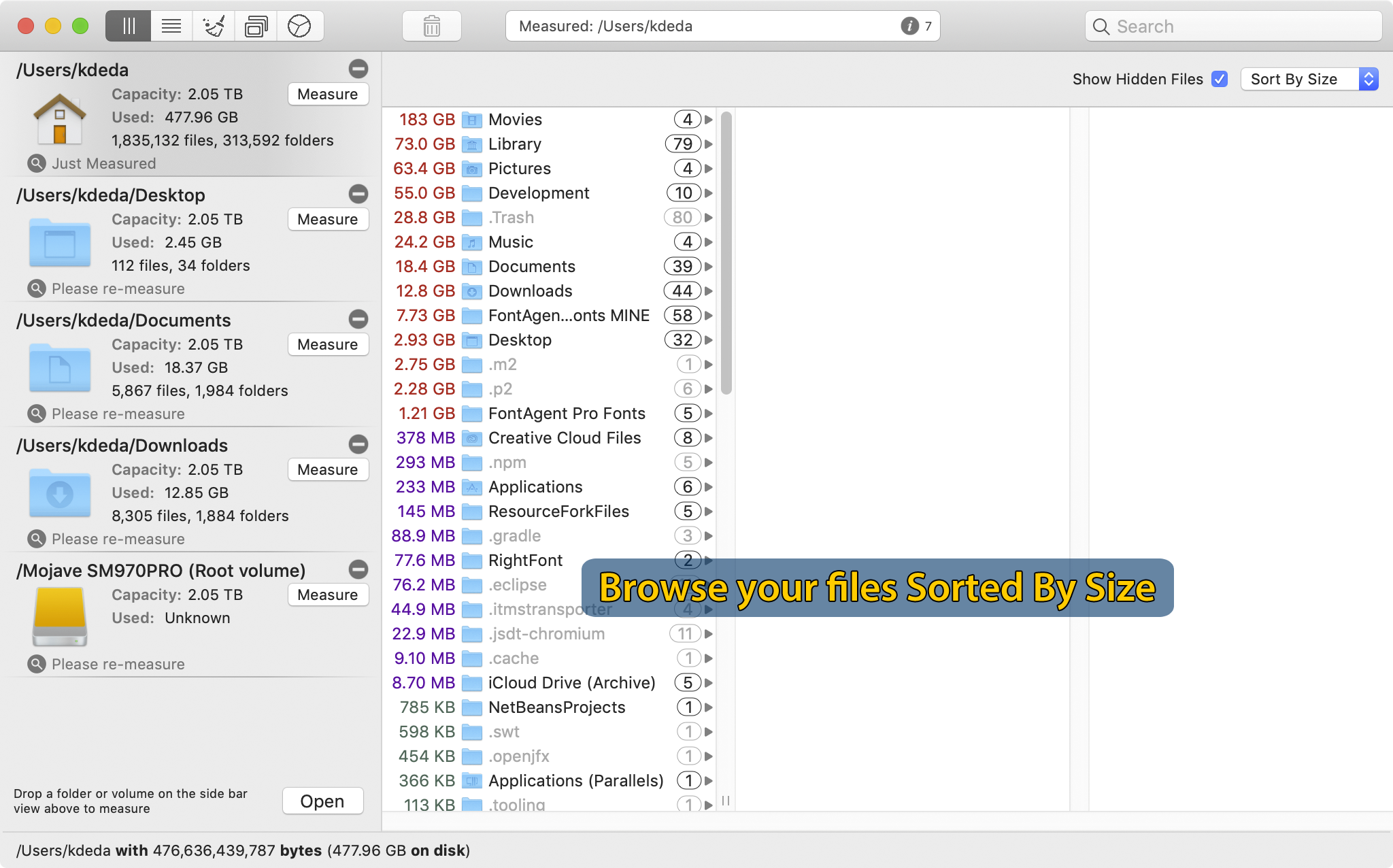

Else, if you were worried enough and blaming your computer, you might have tweaked settings or configurations specifically resources like increasing memory or some sort of adding stuff.

Here’s the moment when you say, wait, what? Are you kidding me? This is the moment when you may keep things somehow cool like stopping multiple tasks and doing else, but things won’t change.

After you do that, the desktop opens up and you start doing your thing, and it begins lagging or slow performing like the ’70s computer if you have used. Then you switch on the macOS VM and let it pull up, and sign in to your account until here, everything goes well as it it is supposed to.

So you’ve installed Apple’s stunning macOS Mojave on your Windows computer (leaving behind challenges), and you are super excited to get your hands dirty with those superb features.
Use Single VM Instead of Multiple VMs Simultaneously. Avoid Scanning Your Virtual Machine From Antivirus. Install Virtual Machine’s Acceleration Tools. Adjust & Assign More Resources to the Virtual Machine. Create Fixed-Size Disks Over Dynamic Ones. Speed Up macOS Mojave on Virtual Machine. Related: Install macOS Mojave on VirtualBox on Windows. The solutions may require some necessary things and steps to do it. Here’s what you can do about to deliver you the highest performance they are capable of-whether you are using VMware, VirtualBox or Parallels. For example, you may use and run more than one virtual machine simultaneously at the same time which you shouldn’t. When it doesn’t and performs slowly, there are a couple of reasons and solutions to it. So that they should work and act fast and smoothly literally like your computer. The virtual machine is demanding and is always hungry when it comes to resources. Here is How to Speed Up macOS Mojave on Virtual Machine. You may have tried to speed up a little bit things without knowing the reason for the sluggish and how do I speed up. With those things, still, you may not get the performance you want or even not near that. In return, they require a high quantity of your system’s resources such as CPU, memory, graphics, storage, and little things like the internet. They run an entire single or multiple operating systems providing you a complete running virtual computer with the operating system and features like your ordinary physical computer.








 0 kommentar(er)
0 kommentar(er)
